Northern Blue Flag Iris is a versatile flowering plant known by various common names, including Harlequin Blueflag, Large Blue Iris, Larger Blue Flag Iris, and Northern Blue Flag. Its botanical name, Iris versicolor, places it within the Iridaceae family, with the species originating from Central and Eastern Canada to the North Central and Eastern United States. This herbaceous perennial grows from a bulb and thrives in wetland environments.
Often found near ponds, lake edges, water meadows, and similar features, the Northern Blue Flag Iris is well-suited for moist and waterlogged conditions. It can tolerate standing water up to 15 cm deep and brief submersion. With its striking blooms, the plant typically grows to heights ranging from 10 to 79 cm, making it an attractive and adaptable choice for gardens and natural landscapes.
| Common name | Harlequin Blueflag, Large Blue Iris, Larger Blue Flag Iris, Northern Blue Flag |
| Botanical name | Iris versicolor |
| Family | Iridaceae |
| Species | versicolor |
| Origin | Central & Eastern Canada to North Central & Eastern U.S.A |
| Life cycle | Bulb |
| Plant type | Bulb |
| Hardiness zone | 3, 4, 5, 6, 7, 8, 9 |
| Sunlight | Full Sun |
| Maintenance | Low |
| Drainage | Poorly Drained |
| Spacing | 12 in. – 3 ft. |
| Height | 2 ft. – 3 ft. |
| Flower color | Blue |
| Leaf color | Blue |
| Fruit type | Capsule |
| Flower benefit | Good Cut |
| Garden style | Cutting Garden |
| Uses | Meadow |
I. Appearance and Characteristics
Iris versicolor is also commonly known as the blue flag, harlequin blueflag, larger blue flag, northern blue flag, and poison flag, plus other variations of these names, and in Britain and Ireland as purple iris.
It is a species of Iris native to North America, in the Eastern United States and Eastern Canada. It is common in sedge meadows, marshes, and along stream banks and shores. The specific epithet versicolor means “variously coloured”.
It is one of the three Iris species in the Iris flower data set outlined by Ronald Fisher in his 1936 paper “The use of multiple measurements in taxonomic problems” as an example of linear discriminant analysis.
Iris versicolor is a flowering herbaceous perennial plant, growing 10–80 cm (4–31 in) high. It tends to form large clumps from thick, creeping rhizomes. The unwinged, erect stems generally have basal leaves that are more than 1 cm (1⁄2 in) wide. Leaves are folded on the midribs so that they form an overlapping flat fan. The well developed blue flower has 6 petals and sepals spread out nearly flat and have two forms. The longer sepals are hairless and have a greenish-yellow blotch at their base. The inferior ovary is bluntly angled. Flowers are usually light to deep blue (purple and violet are not uncommon) and bloom during May to July. Fruit is a 3-celled, bluntly angled capsule. The large seeds can be observed floating in fall.
Both the leaves and roots are poisonous, and can cause stomach and intestinal inflammation. Consuming the plant can be fatal to calves.
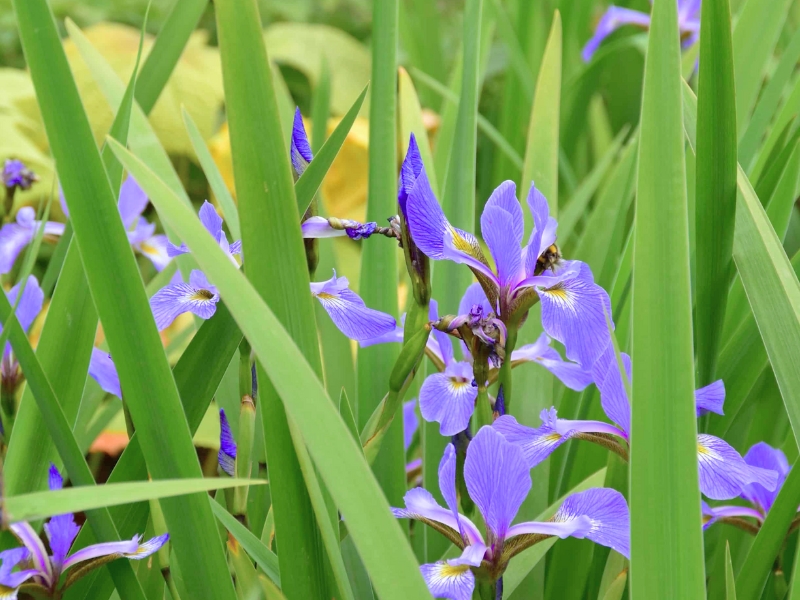
II. How to Grow and Care
Sunlight
Northern blue flag iris likes sufficient sunlight. It needs to receive more than 6 hours of light per day and can be planted in a garden with no shade. It can also grow in slightly shady environments, but the quality of its blooms and disease resistance may decrease. Some varieties tolerate environments with less light and can grow in the shade of other plants.
Temperature
Plants of the Iris genus are mainly distributed in the temperate zones of the Northern Hemisphere. The majority of its species are hardy, except some dwarf species that require hay or bark to cover their roots to overwinter in cold regions. The need for water among different Iris species varies, too. Some Iris like moist environments, and some species can even grow in water.
Watering
Originating from wetlands and along the margins of ponds, northern blue flag iris thrives in environments with consistent moisture. This species is known for its preference for wet soil, though it can withstand occasional dry spells. Watering should be regular, aligning with its natural habitat’s conditions—once every week to maintain adequate hydration. As a perennial that flourishes in outdoor settings, northern blue flag iris benefits significantly from rainwater, which complements its growth cycle by providing natural irrigation and essential nutrients.
Soil
Northern blue flag iris likes loose, fertile, and well-drained soil, but can also grow in dry and barren earth. It likes slightly acidic or neutral soil with a pH value of 6.0-7.0. Sulfur can be added to improve alkaline soil, while lime can be added if the soil is acidic.
Fertilizing
For optimal health, northern blue flag iris flourishes with balanced nutrition fertilizers, beneficial for vigorous growth and vibrant blooms. Spring and summer are prime for high phosphorus blends, enhancing flowering. Apply quarterly, adhering to label-recommended quantities to prevent root burn. During growth, a lighter dose encourages strong development; conversely, in dormancy, fertilization ceases to allow rest. Utilize slow-release formulations for sustained feeding and minimal disruption. Caution is key—over-fertilization damages northern blue flag iris’s delicate system.
Pruning
Cut off the bloom-bearing stalks after blooming to reduce nutrition consumption. Some varieties may bloom again. In the fall, prune old and dry leaves to improve the plant’s inner ventilation and prevent pests and diseases.
Propagation
Northern blue flag iris propagates best in Spring using its tubers, a preferred method known as dividing the rhizomes. It’s an easy process, with successful propagation indicated by new shoot growth. Keep rhizomes moist and avoid overcrowding during division.
Transplanting
The optimal period to transplant northern blue flag iris is the cusp of late spring and early summer, when temperatures and moisture levels are ideal. Choose a sunny or partly shaded location with moist, well-draining soil. If possible, provide extra care during the first year to ensure successful establishment.
Repotting
Northern blue flag iris thrives best when repotted every 2-3 years due to its moderate growth rate. This rhizomatous perennial prefers early spring for repotting, coinciding with its active growth phase. Choose a wide, shallow container to accommodate its spreading roots. Post-repotting, ensure consistent moisture and avoid direct sunlight to promote recovery and vibrant blooms in this moisture-loving iris.
III. Uses and Benefits
- Ornamental uses
Those with ponds or creeks in their garden, or very wet and marshy yards, will appreciate the northern blue flag iris for its tolerance of wet soils. It is best grown in clumps, as the leaves and flowers are quite small. Try combining it with Golden sedge for a striking visual effect.
- Symbolism
The iris is the official state flower of the U.S. state of Tennessee. This designation was made in 1933 by the state legislature. Although the law does not specifically define a type of iris, it is generally accepted that the purple iris is the state flower.
The blue flag has been the provincial flower of Quebec since 1999, having replaced the Madonna lily which is not native to the province.
The purple iris is the official flower of Kappa Pi International Honorary Art Fraternity.
IV. Harvesting and Storage
Northern blue flag iris flowers can be harvested for bouquets. Choose not-fully-bloomed flowers and cut them off from the stem base obliquely with a pair of sharp gardening scissors. Quickly put the flower in a vase with clean water to avoid its dehydration.
Find Where to Buy the Best Northern Blue Flag (Iris versicolor)
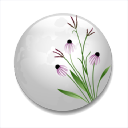
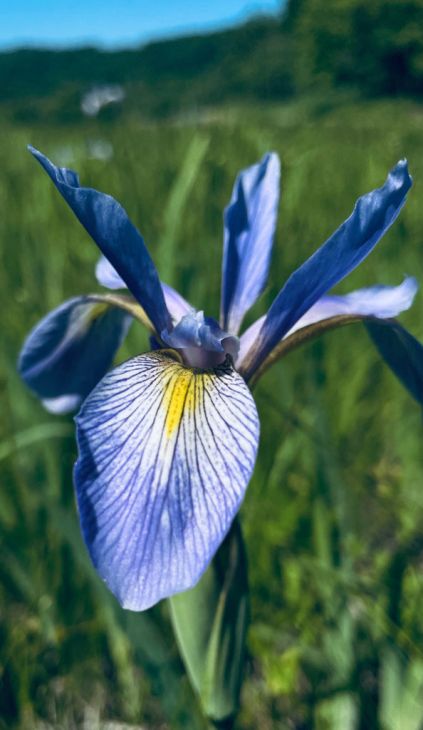

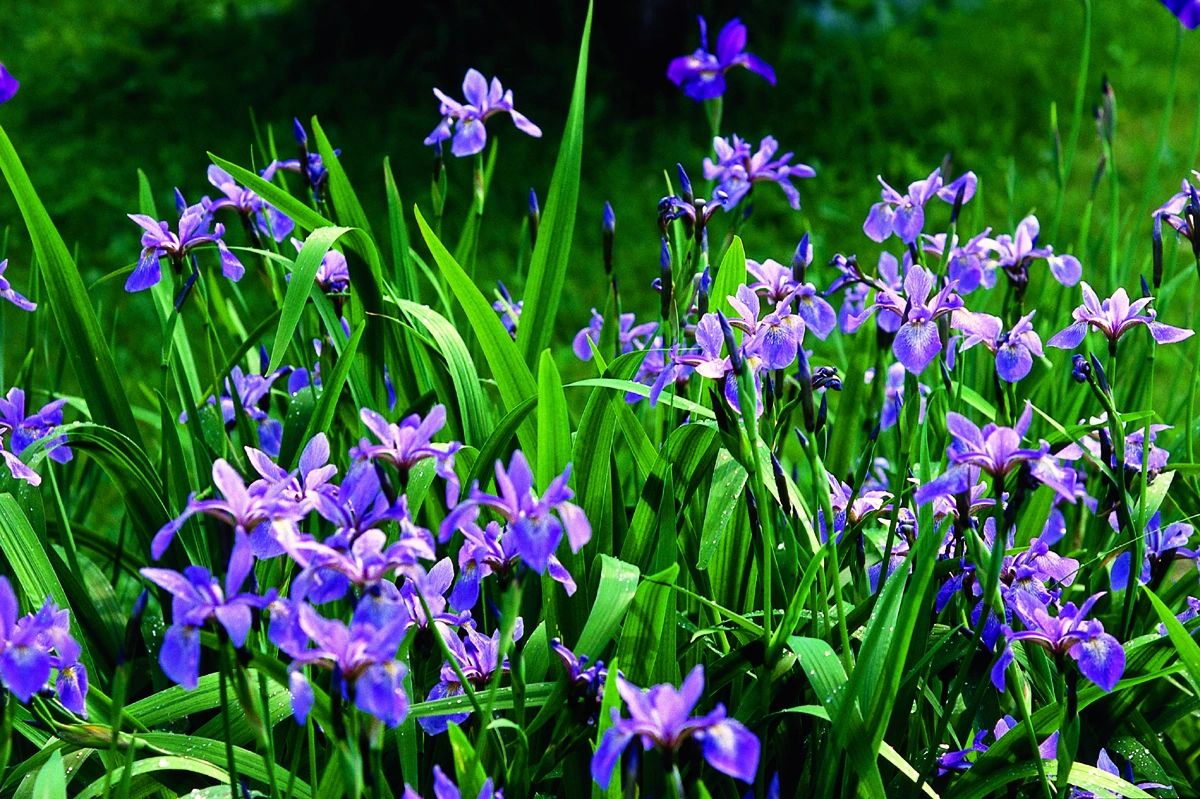


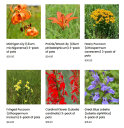


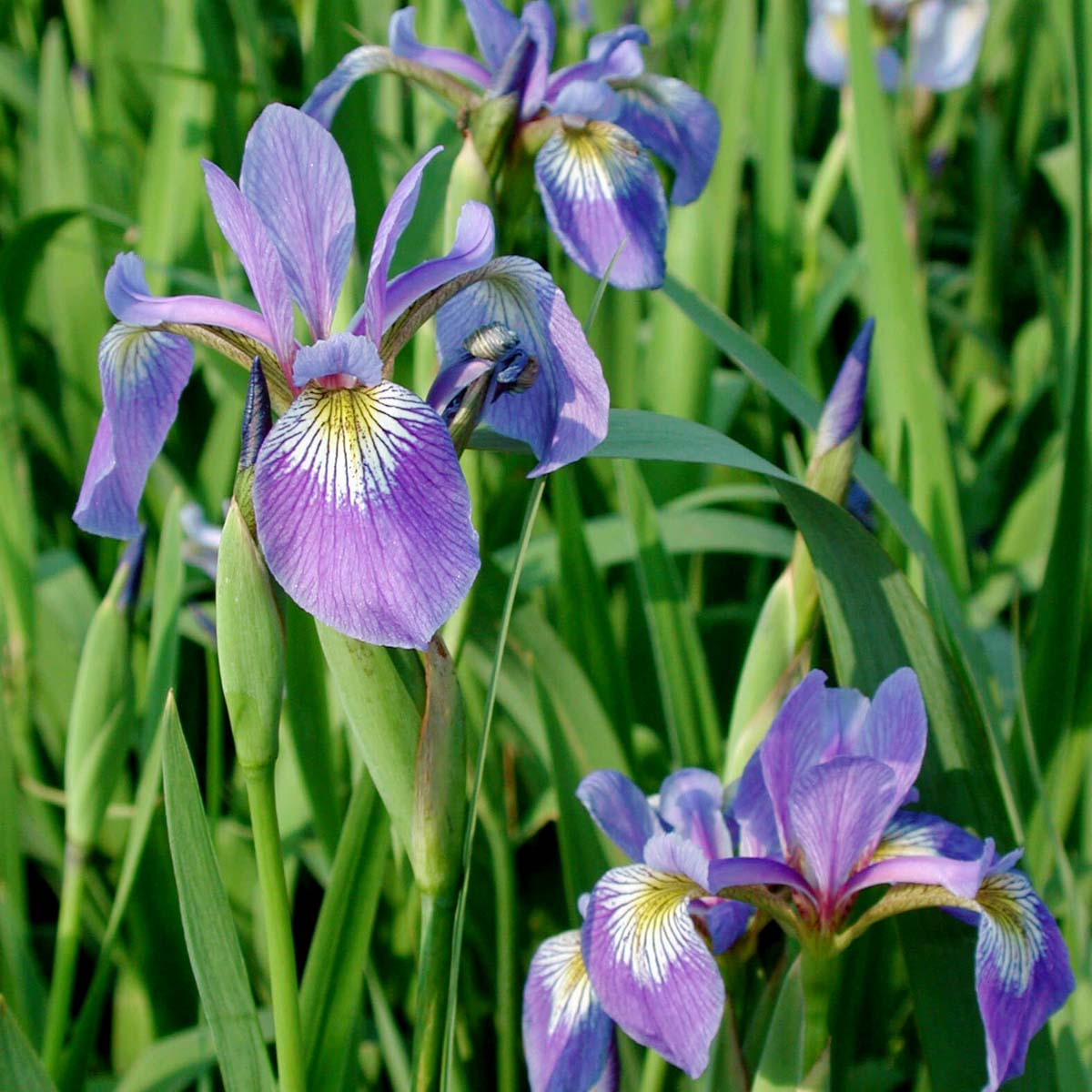
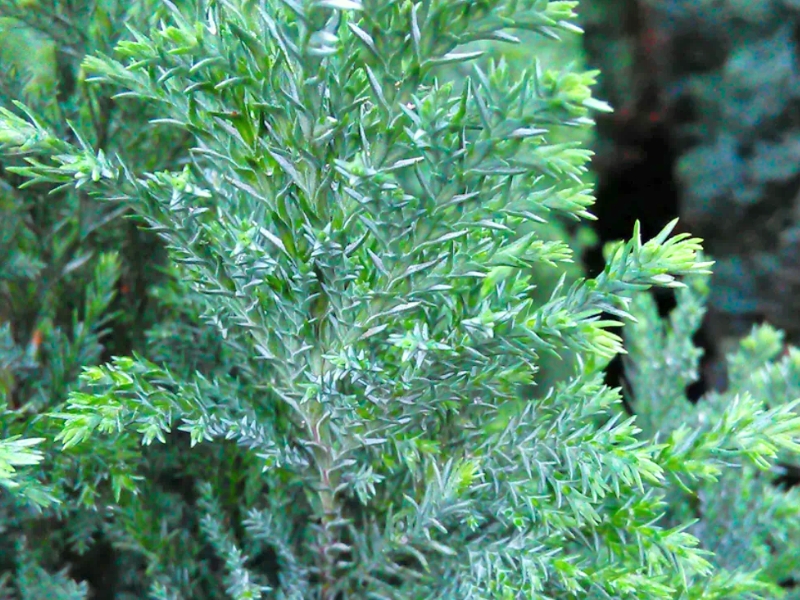
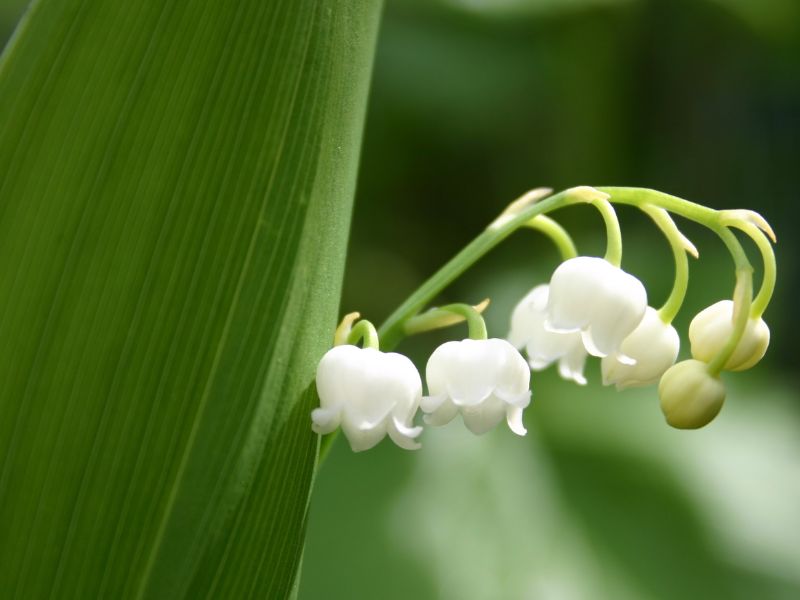
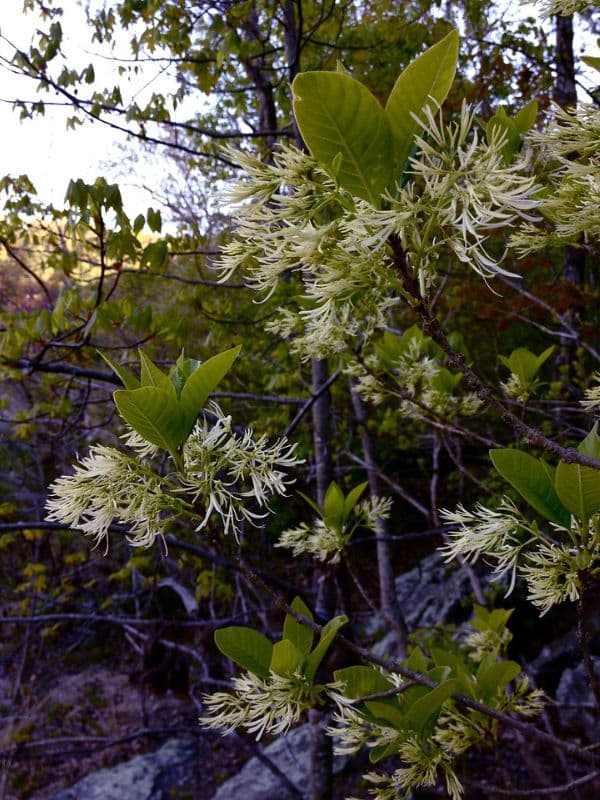
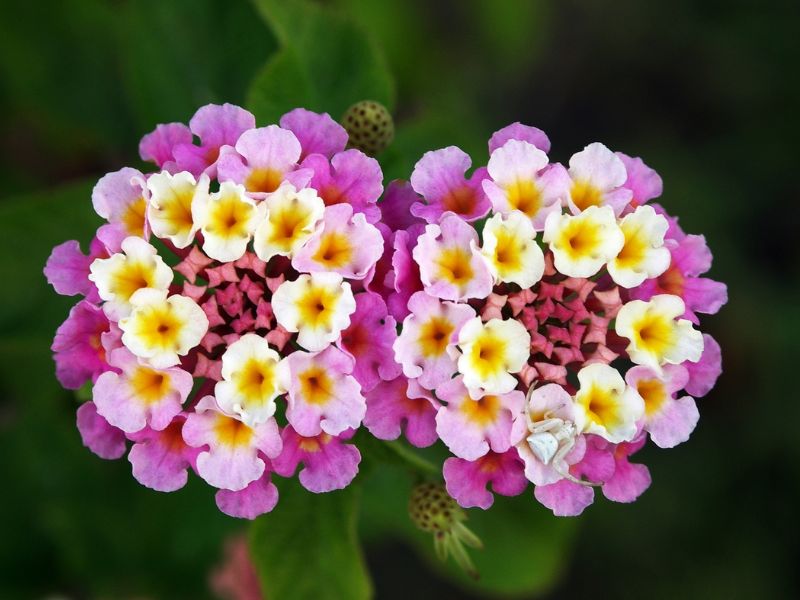
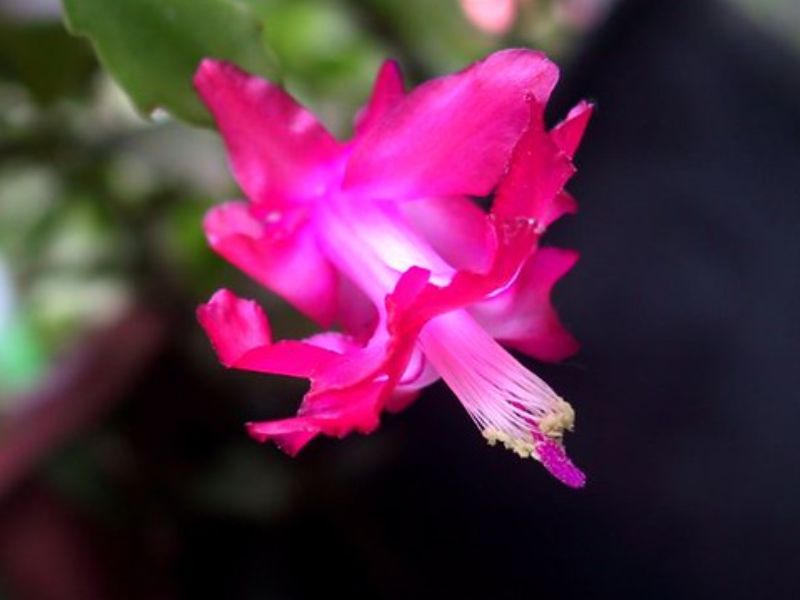
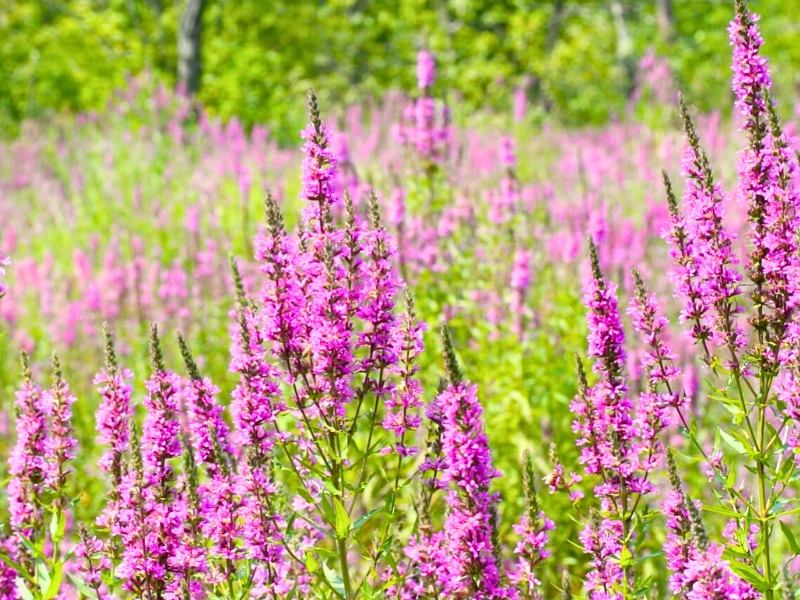
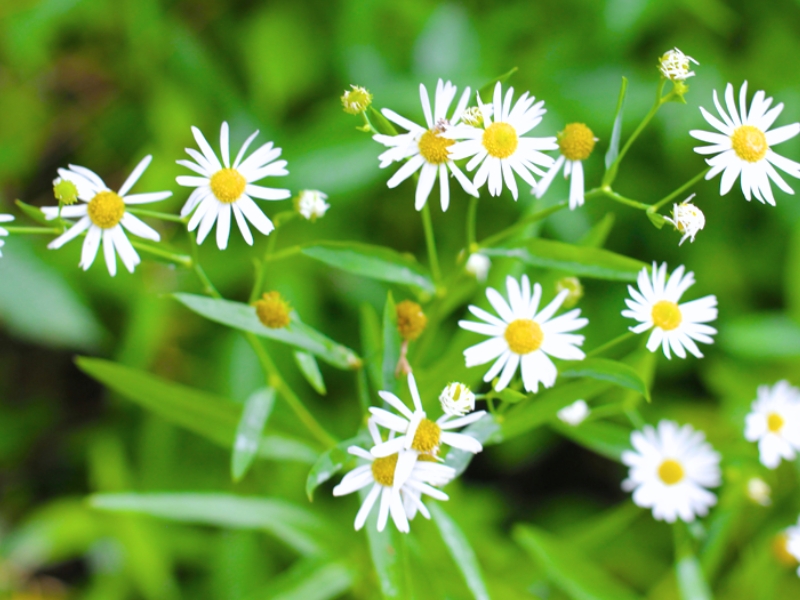
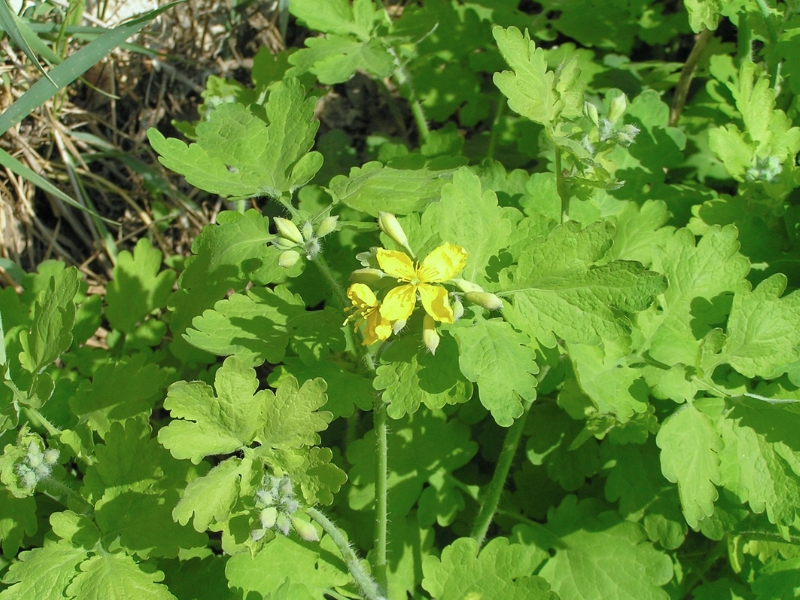
Leave a Reply